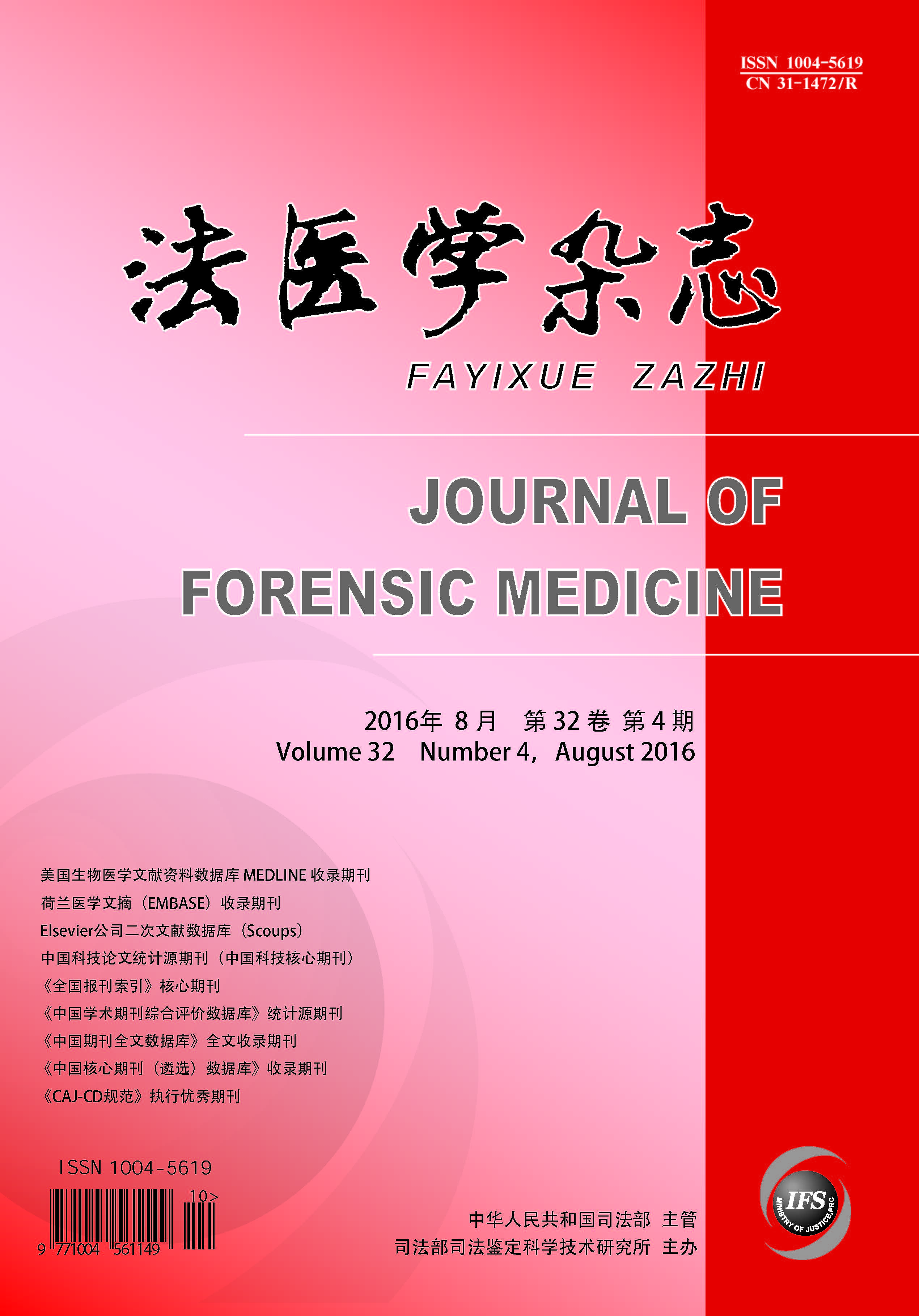|
|
Research Progress on Abused Drugs Metabolic in vivo
DING BI-FEN, SHAO LEI, ZHANG RUN-SHENG,ET AL.
2016, 32(4):
290-295.
DOI: 10.3969/j.issn.1004-5619.2016.04.013
Abstract: Under the catalysis of a variety of metabolic enzymes in vivo, such as UDP-glucuronyl transferases, cytochrome P450, carboxylesterase, sulfotransferase, butyrylcholinesterase, catechol-O-methyl transferase and 6-morphine dehydrogenase, the drugs perform glucuronidation, hydrolysis, oxidation, sulfonation and other reactions, then translate into active or inactive metabolites, which are excreted through urination, bile or the other pathways at last. Different drugs own their different metabolic pathways. This paper introduces the studies about the metabolism of drugs in human and animal in recent years, such as morphine-like drugs, amphetamine, ketamine, cannabis and cocaine, and reviews the research progress about the sites of metabolism, metabolic enzymes, metabolites and physiological activity of those drugs metabolic in vivo.
Related Articles |
Metrics
|


